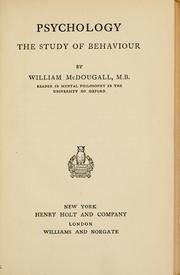
Photo from academic.microsoft.com
Navigating by path integration requires continuously estimating one's self-motion. This estimate may be derived from visual velocity and/or vestibular acceleration signals. Importantly, these senses in isolation are ill-equipped to provide… Click to show full abstract
Navigating by path integration requires continuously estimating one's self-motion. This estimate may be derived from visual velocity and/or vestibular acceleration signals. Importantly, these senses in isolation are ill-equipped to provide accurate estimates, and thus visuo-vestibular integration is an imperative. After a summary of the visual and vestibular pathways involved, the crux of this review focuses on the human and theoretical approaches that have outlined a normative account of cue combination in behavior and neurons, as well as on the systems neuroscience efforts that are searching for its neural implementation. We then highlight a contemporary frontier in our state of knowledge: understanding how velocity cues with time-varying reliabilities are integrated into an evolving position estimate over prolonged time periods. Further, we discuss how the brain builds internal models inferring when cues ought to be integrated versus segregated-a process of causal inference. Lastly, we suggest that the study of spatial navigation has not yet addressed its initial condition: self-location. Expected final online publication date for the Annual Review of Psychology, Volume 73 is January 2022. Please see http://www.annualreviews.org/page/journal/pubdates for revised estimates.
Journal Title: Annual review of psychology
Year Published: 2021
Link to full text (if available)
Share on Social Media: Sign Up to like & get
recommendations!